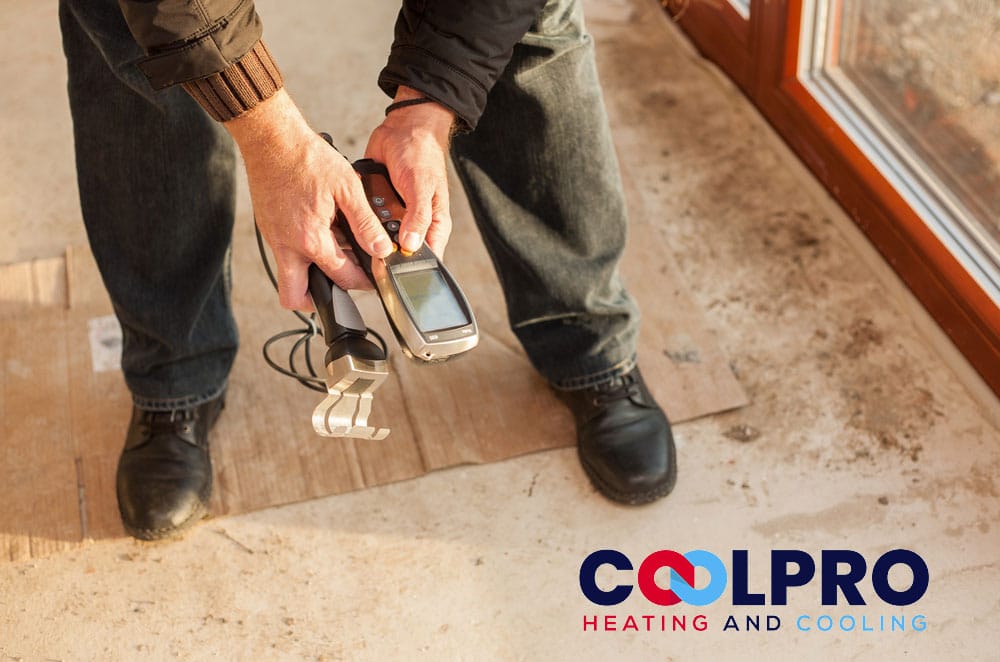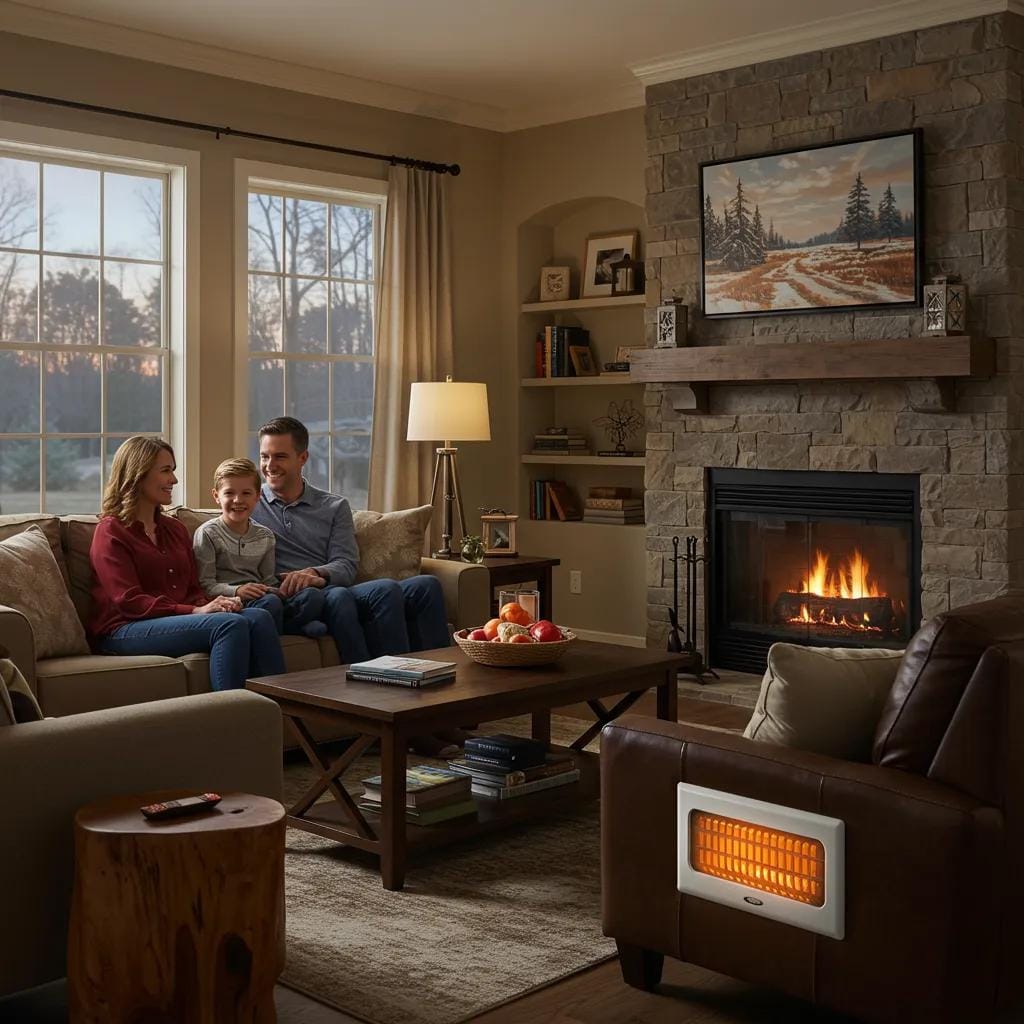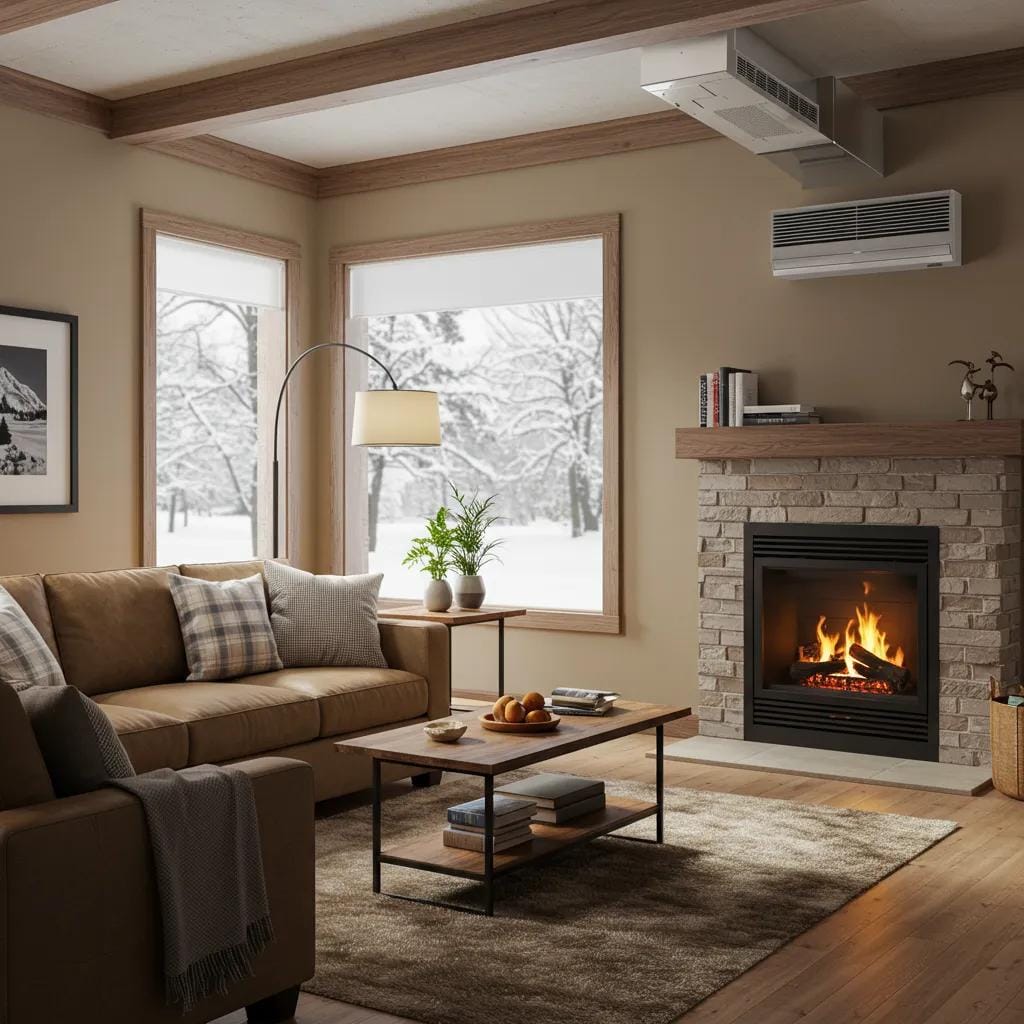High or unsafe humidity levels can affect your health and make life uncomfortable. Summertime exacerbates the symptoms and makes you feel even worse. People begin to feel tired and irritable, and sickly overall.
Most of us consider high humidity causes hot and sticky outside air. The real cause might be your indoor air and its humidity levels.
What Should The Humidity Be in My House?
You may already know that humidity is a measure of the level of moisture vapor in the air. It’s invisible to the naked eye, but you can feel it when it’s too high. The ideal indoor humidity level for your best health and comfort lies in the range of 30-50 percent relative humidity.
Excess Humidity Hazards
Constant high humidity indoors will prevent our body from regulating its internal temperature through evaporation because excess moisture in the air overwhelms the process and can’t function normally.
Ongoing high humidity can lead to severe health problems such as heat stroke, especially for those with heart problems. High humidity will also cause your home’s wood structure to rot with a noticeable uptick of pests if you live in the southern part of the United States.
Other hazards related to humid indoor air is the growth of fungus, mold, and dust mites that cause breathing problems with people already suffering from asthma and allergies. Moist air inside your home begins to cause expensive damage to your furniture, too. Warping and swelling are common issues related to excessive humidity.
Not Enough Humidity
By themselves, the effects of high humidity are hard to deal with, but just the opposite can be a threat to your health and comfort, too. Your home and furnishings also take a beating from the dry air that’s far from the best humidity level.
Your feet and skin begin to feel cold, and they itch. That’s a possible indication of low humidity affecting the mucous membranes in your body, which leads to sore, scratchy throats and chapped lips – all from too dry indoor air.
If you notice the door frames and molding in your home show cracks and shrinking, suspect dry air as the culprit when doors begin to stick and won’t close or open like before, indicating deformed wood directly caused by moisture issues inside your home.
How is Your Indoor Air Quality?
It is imperative to have an ideal indoor humidity level with the correct moisture level in your indoor air. The environment you live in should have good indoor air quality to keep you feeling your best, protect your home and interior, and maintain the best humidity level.
A telltale sign of unbalanced humidity in the air inside your home is your sleep quality. Tossing and turning all night may indicate too much moisture, which prevents your body from evaporating sweat. You can’t get cool as a result, and you end up having a difficult time falling asleep.
If you’re always sweating and feeling sticky when you’re home, it’s time to take control. You can’t control the air outside, but you can on the inside. Consider other health issues caused by unbalanced humidity like those mentioned here.
We hope you have a better understanding of the importance of maintaining a healthy level of humidity in your indoor air. We answer the question again, what should the humidity be in my house, with 30-50 percent. It’s a question asked frequently.







